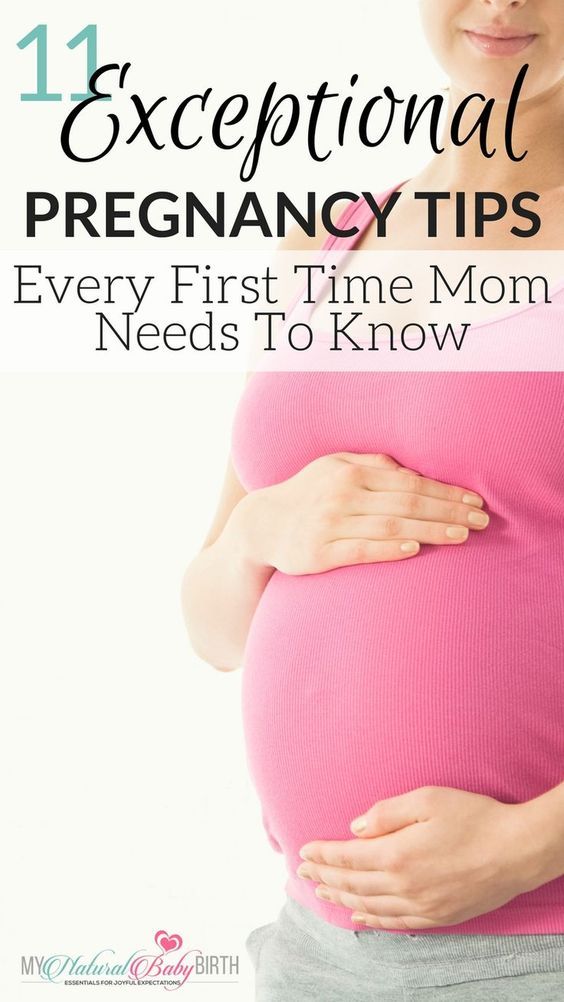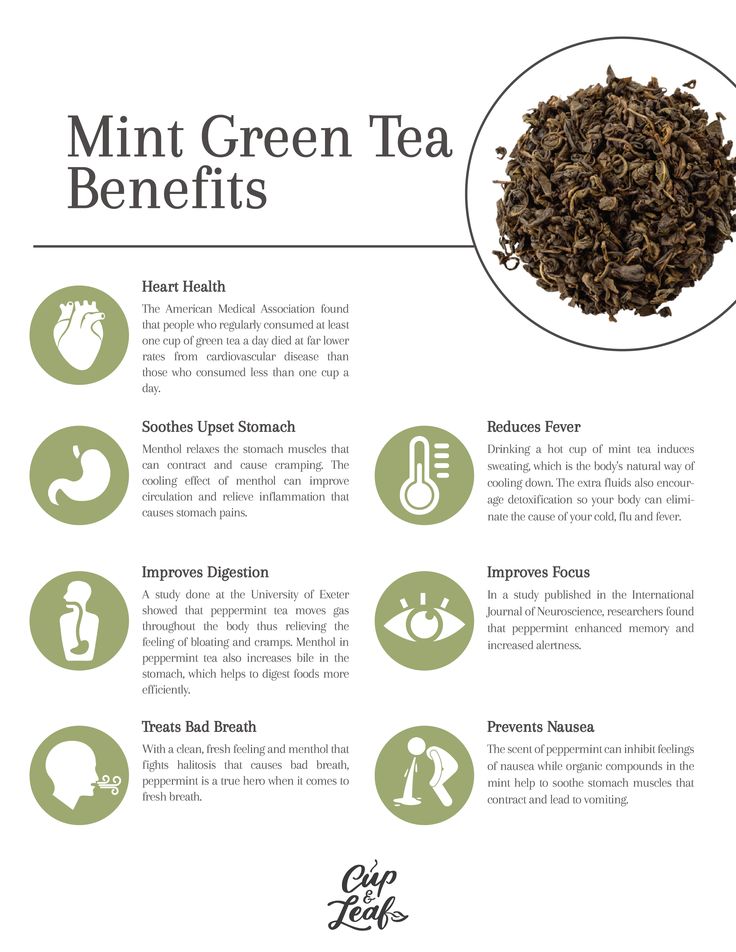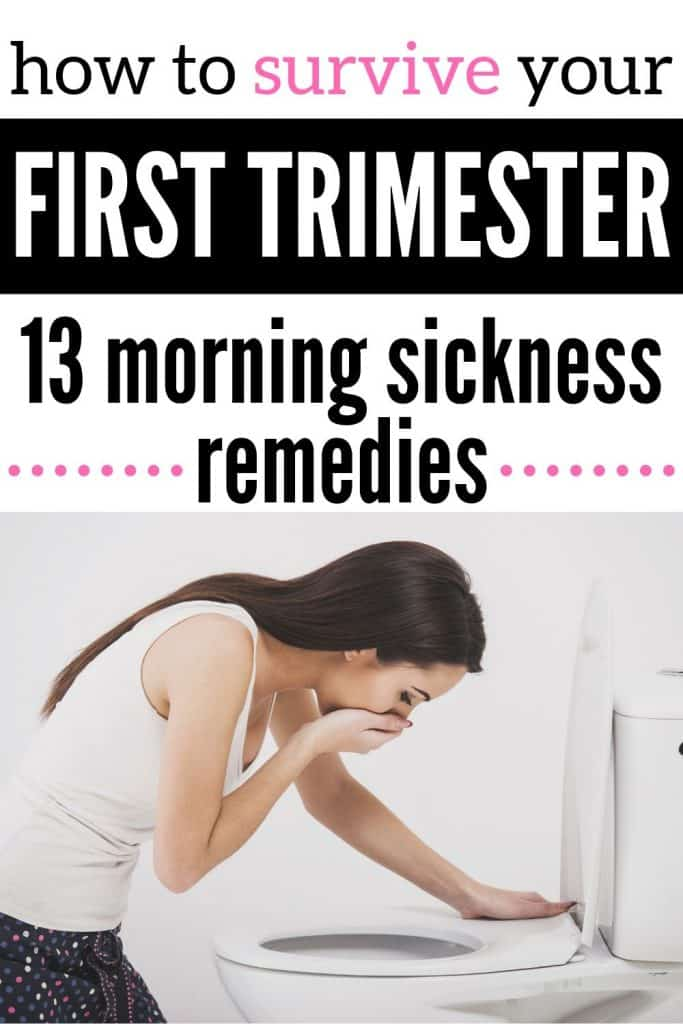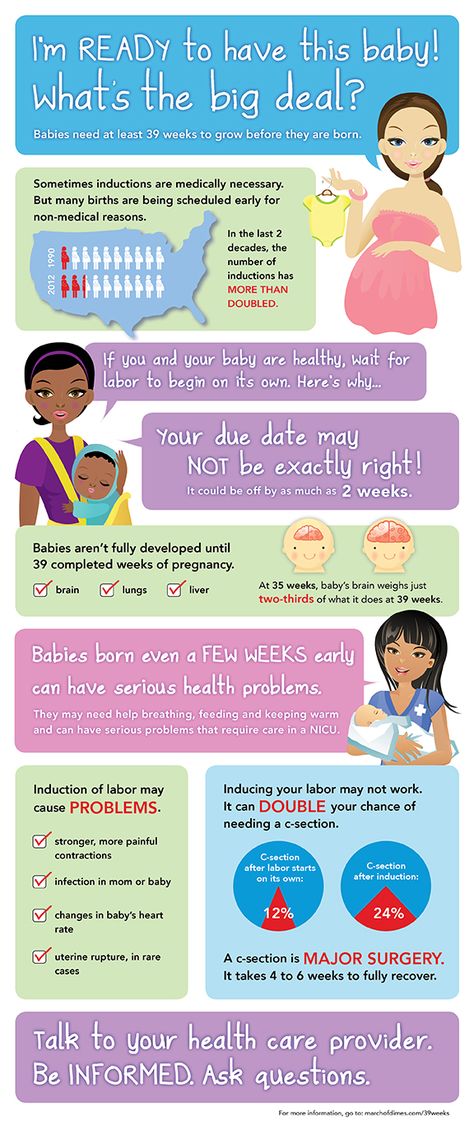Best time for pregnancy
Right Time For Sex , When Do You Ovulate ?
When are you more likely to conceive?
We’re talking about the 'fertile window’ – the days in a woman’s menstrual cycle when pregnancy is possible. The ‘fertile window’ depends on the length of the menstrual cycle, which varies among women.
The ‘fertile window’ is the day an egg is released from the ovary (ovulation) and the five days beforehand. Having sex (intercourse) during this time gives you the best chance of getting pregnant.
Ovulation Calculator
What day did you your most recent period start?
Number of days in your cycle Please select20 Days21 Days22 Days23 Days24 Days25 Days26 Days27 Days28 Days29 Days30 Days31 Days32 Days33 Days34 Days35 Days36 Days37 Days38 Days39 Days40 Days41 Days42 Days43 Days44 Days45 Days
Your ovulation day
Most fertile time
-
What is an ovulation calculator and how does it help you get pregnant?
This ovulation calculator or ovulation calendar can help you work out your most fertile time.
These are the days you are most likely to get pregnant.
It can also estimate your due date if you do become pregnant during your next fertile days.
Others ways to help you work out when you're ovulating:
- Notice changes in vaginal mucus
A few days before ovulation, you may notice your vaginal mucus becomes clear, slick and slippery, and feels a bit like egg white.
This is a sign that ovulation is about to happen. It’s the best time to have sex, as sperm travel more easily in this kind of mucus.
- Use an ovulation predictor kit
You can use a predictor kit from a supermarket or pharmacy, to test your urine for signs of ovulation. If you start testing your urine a few days before the day you next expect to ovulate, a positive result means you are going to ovulate within the next 24 to 36 hours (one to two days).
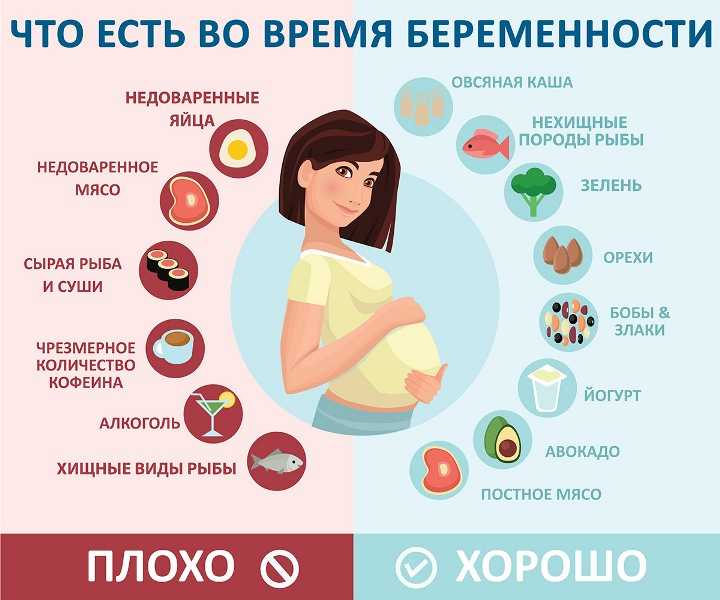
-
Facts about timing
Ovulation is when a mature egg is released from the ovary. The egg then moves down the fallopian tube where it can be fertilised. If sperm are in the fallopian tube when the egg is released, there is a good chance that the egg will be fertilised, creating an embryo, which can grow into a baby.
Pregnancy is technically only possible if you have sex during the five days before ovulation or on the day of ovulation. But the most fertile days are the three days leading up to and including ovulation. Having sex during this time gives you the best chance of getting pregnant.
By 12-24 hours after ovulation, a woman is no longer able to get pregnant during that menstrual cycle because the egg is no longer in the fallopian tube.
There’s almost no chance of getting pregnant if you have sex before or after the fertile window (but if you’re not trying to get pregnant, don’t rely on this – contraception is your best option!).
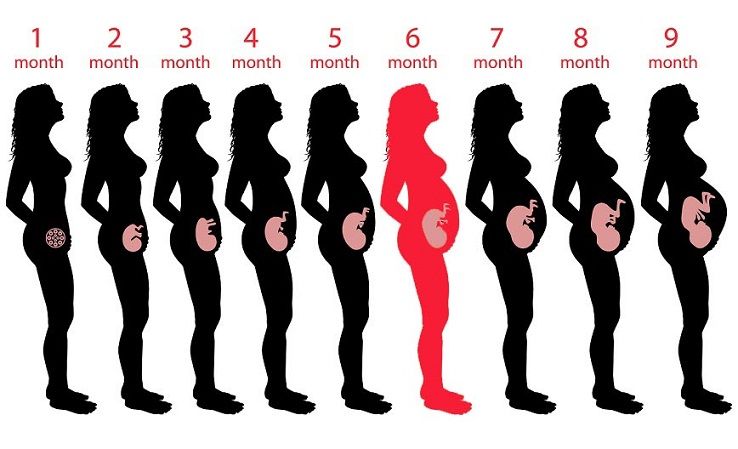
-
How to know when you’re ovulating
Knowing when you ovulate can help you plan for sex at the right time and improve your chance of getting pregnant. You can keep track of your menstrual cycles on a chart, in a diary, or on a free period-tracker app on your smartphone.
To work out the length of your menstrual cycle, record the first day you start bleeding (first day of your period). This is day 1. The last day of your cycle is the day before your next period begins.
- What is a ‘menstrual cycle’ and a ‘period’?
Some people think the ‘menstrual cycle’ and a ‘period’ are the same thing.
A period is when you bleed (or menstruate).

A menstrual cycle starts on the day when a period starts (day 1) and ends the day before the next period. A cycle’s length is considered normal if it’s between 21 and 35 days. They can vary between women and from one cycle to the next.
- Working out your ‘average’ menstrual cycle length
If your menstrual cycles are different lengths (most women’s cycles are) you can work out your average cycle length.
The number of days in a woman’s menstrual cycle can vary month to month. Periods are not always regular. It can be useful to work out an ‘average’ cycle length, based on the length of three menstrual cycles, to estimate when you’re most likely to be ovulating.
If you add the number of days in three cycles and divide the total number by three, it gives you your average cycle length.
Example
Sarah tracked her last three menstrual cycles by counting the time from the first day of one period, to the day before the next period.

Cycle 1 was 28 days; Cycle 2 was 32 days; Cycle 3 was 27 days
28 + 32 + 27 = 87
87 divided by 3 = 29
So the average length of Sarah’s menstrual cycles is 29 days.
- Working out your most fertile days
When you know your average menstrual cycle length, you can work out when you ovulate.
Ovulation happens about 14 days before your period starts.
- If your average menstrual cycle is 28 days, you ovulate around day 14, and your most fertile days are days 12, 13 and 14.
- If your average menstrual cycle is 35 days ovulation happens around day 21 and your most fertile days are days 19,20 and 21.
- If you have shorter cycles, say 21 days, ovulation happens around day 7 and your most fertile days are days 5, 6 and 7.
Your most fertile days are the three days leading up to and including the day of ovulation.
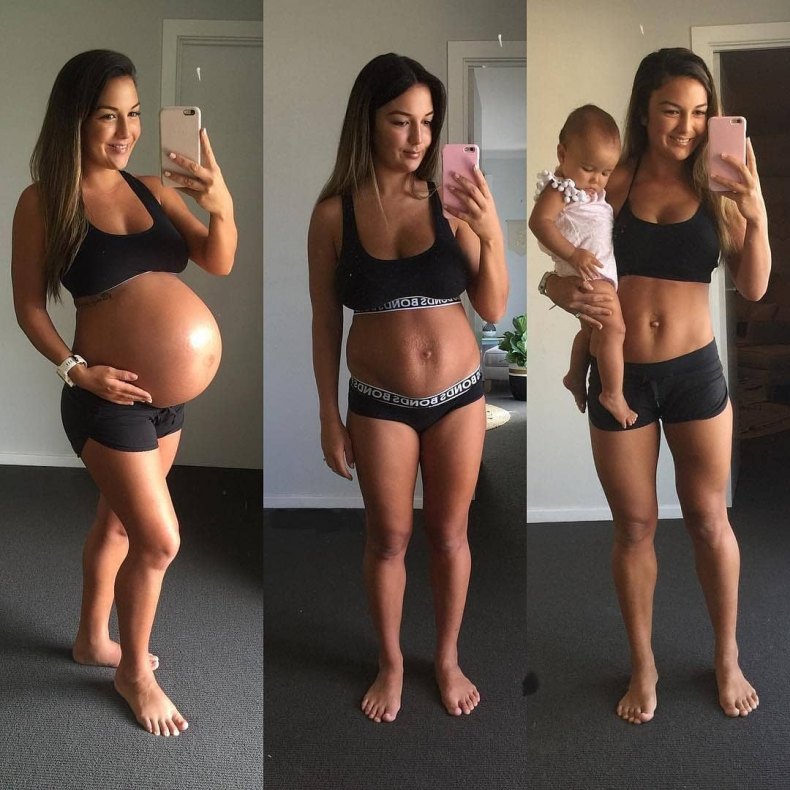
Some women have very irregular cycles or find it difficult to work out an average cycle length. This can make it hard to work out when ovulation happens. If it’s all too hard, having sex every 2-3 days covers all bases and improves your chance of getting pregnant.
Myth busting
- MYTH
A woman can get pregnant any time of the month.
- FACT
A woman can only get pregnant on a few days during her menstrual cycle.
Why?
Because eggs and sperm only live for a short time:
- Sperm live for around five days.
- Eggs can only be fertilised for around 24 hours (one day) after being released from the ovary.
Eggs and sperm need to come together at the right time for fertilisation to happen to create an embryo.
Getting the timing right
If you're trying to get pregnant, timing is everything. Dr Karin Hammarberg explains how to work out when you are ovulating and the right time to have sex to improve your chance of pregnancy.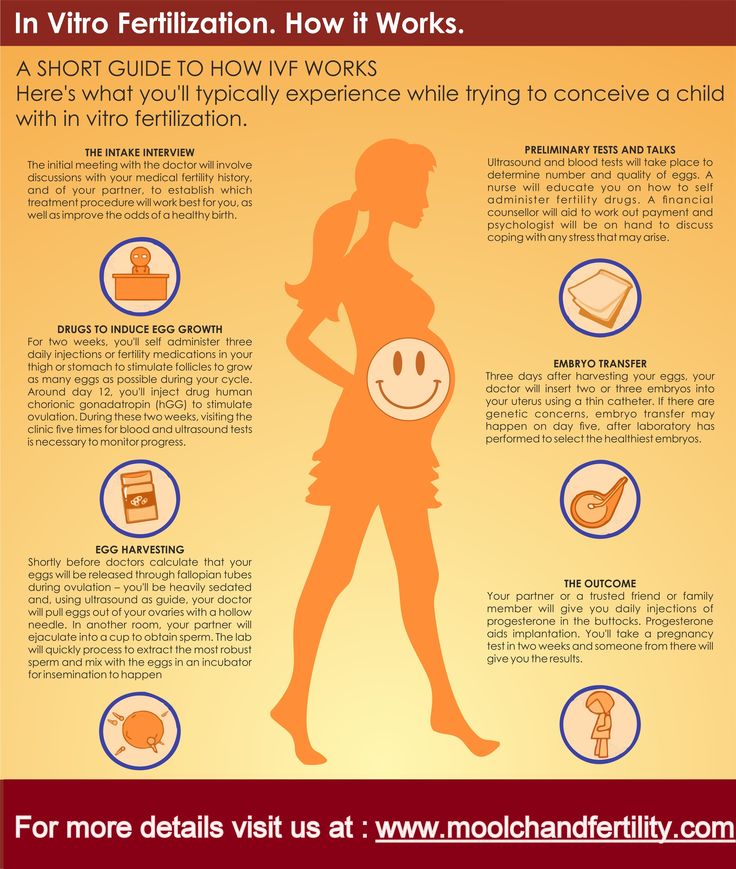
-
What are the chances?
Having sex as close as possible to the time of ovulation increases the chance of pregnancy.
If a woman has sex six or more days before she ovulates, the chance she will get pregnant is virtually zero.
If she has sex five days before she ovulates, her probability of pregnancy is about 10 percent.
If she has sex on the day of ovulation, or the two days before, the chance of getting pregnant is around 30 percent.
These are average figures and depend on a woman’s age.
When does preconception health begin?
Professor Sarah Robertson, Director of Robinson Research Institute, University of Adelaide, highlights the key time before pregnancy that your health is most important to ensure your child has the best start to life.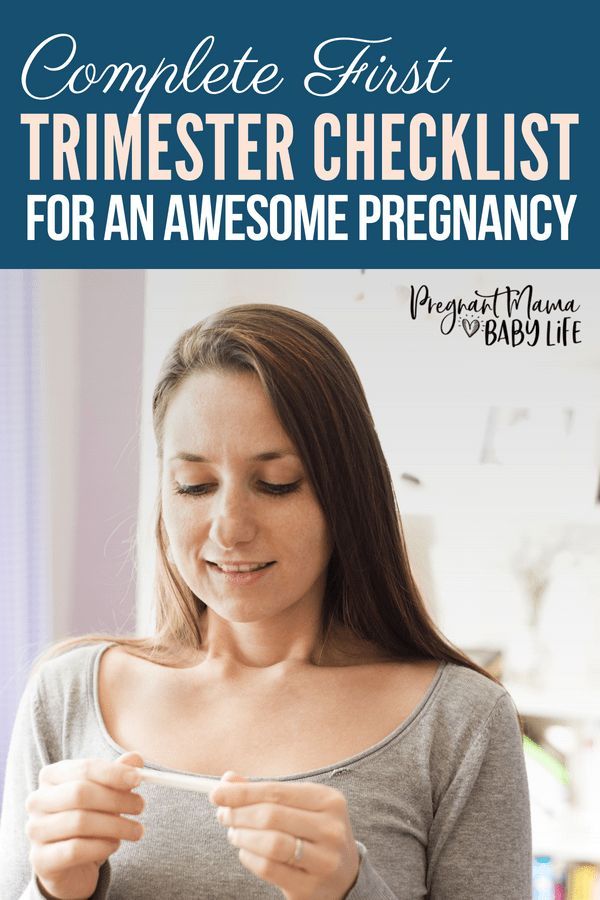
How to know you are ovulating
Kerry Hampton, a registered nurse and fertility specialist, discusses the importance of fertility awareness, and how to determine your fertile window to improve your chances of conceiving.
- References
- American Society for Reproductive Medicine, Optimizing natural fertility, https://www.reproductivefacts.org/news-and-publications/patient-fact-sheets-and-booklets/documents/fact-sheets-and-info-booklets/optimizing-natural-fertility/
- Berglund Scherwitzl, et al. (2015). Identification and prediction of the fertile window using Natural Cycles. The European Journal of Contraception and Reproductive Health Care, 20(5), 403-408. doi:10.3109/13625187.2014.988210
- Ecochard, R., et al. (2015). Self-identification of the clinical fertile window and the ovulation period.
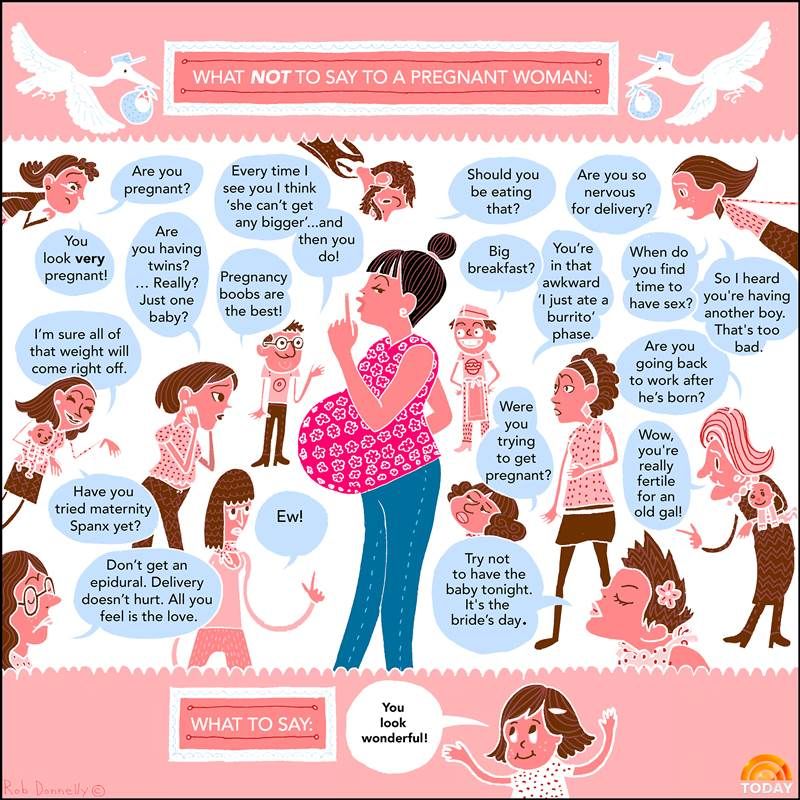 Fertility and Sterility, 103(5), 1319-1325.e1313. doi: http://dx.doi.org/10.1016/j.fertnstert.2015.01.031
Fertility and Sterility, 103(5), 1319-1325.e1313. doi: http://dx.doi.org/10.1016/j.fertnstert.2015.01.031 - Pfeifer, S., et al. (2017). Optimizing natural fertility: a committee opinion. Fertility and Sterility, 107(1), 52-58. doi: 10.1016/j.fertnstert.2016.09.029
- Stanford, J. B. (2015). Revisiting the fertile window. Fertility and Sterility, 103(5), 1152-1153. doi: http://dx.doi.org/10.1016/j.fertnstert.2015.02.015
- Stanford, et al. (2002). Timing intercourse to achieve pregnancy: current evidence. Obstetrics and Gynecology, 100(6), 1333-1341.
- Stephenson, J., et al. (2018). Before the beginning: nutrition and lifestyle in the preconception period and its importance for future health. The Lancet, 10.1016/S0140-6736(18)30311-8 doi: 10.1016/S0140-6736(18)30311-8
- Vélez, M. Pet al. (2015). Female exposure to phenols and phthalates and time to pregnancy: the Maternal-Infant Research on Environmental Chemicals (MIREC) Study. Fertility and Sterility.
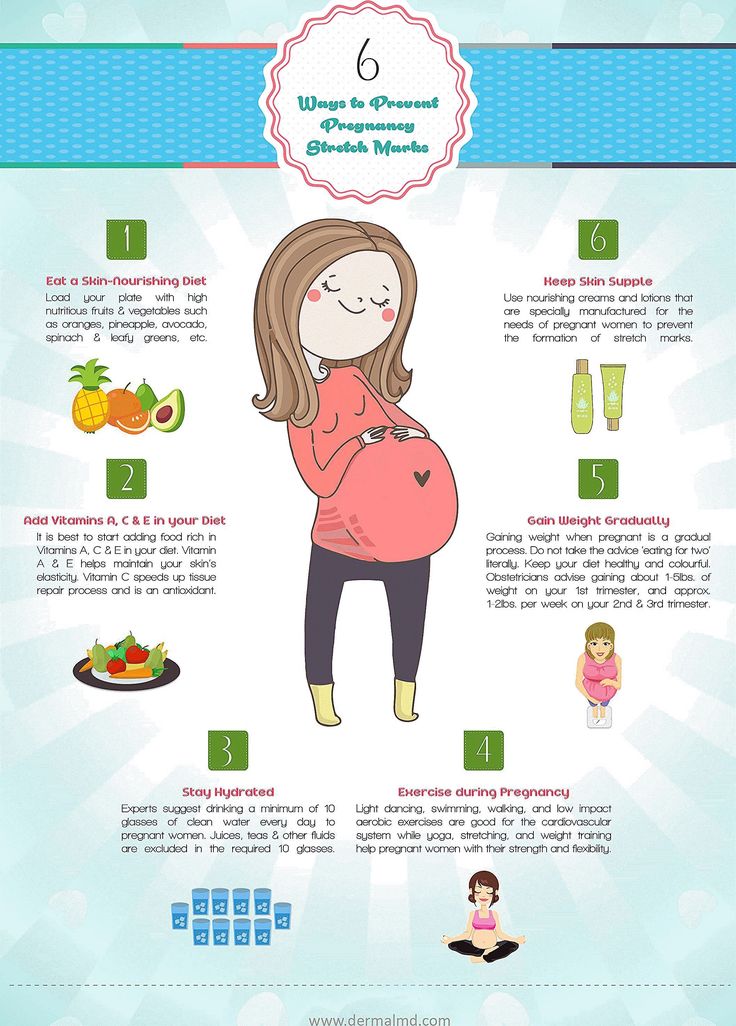 doi: 10.1016/j.fertnstert.2015.01.005
doi: 10.1016/j.fertnstert.2015.01.005 - Verón, G. L., et al. (2018). Impact of age, clinical conditions, and lifestyle on routine semen parameters and sperm kinematics. Fertility and Sterility, 110(1), 68-75.e64. https://doi.org/10.1016/j.fertnstert.2018.03.016
- Waylen, A. Let al. (2009). Effects of cigarette smoking upon clinical outcomes of assisted reproduction: a meta-analysis. Hum Reprod Update, 15(1), 31-44.
- Zenzes, M. T. (2000). Smoking and reproduction: gene damage to human gametes and embryos. Hum Reprod Update, 6(2), 122-131.
Page created on: 28/08/2018 | Last updated: 01/12/2022
How to increase your chance of getting pregnant
If you want a baby, here are five tips to increase your chance of getting pregnant.
- Know when you ovulate
Pregnancy is only possible if you have sex during the five days before ovulation or on the day of ovulation. This is called the fertile window. Having sex during the fertile window, especially the three days leading up to and including ovulation, gives you the best chance of getting pregnant.
This is called the fertile window. Having sex during the fertile window, especially the three days leading up to and including ovulation, gives you the best chance of getting pregnant.
So how do you know when you’re ovulating? It depends on the length of your menstrual cycle. It happens about 14 days before your period starts so if your average cycle is 28 days, day one is the first day of your period and you ovulate around day 14. This means your most fertile days for sex are days 12, 13 and 14.
If your average menstrual cycle is 35 days, ovulation happens around day 21 and your most fertile days for sex are days 19, 20 and 21.
If you have a shorter cycle, say 21 days, ovulation happens around day seven and your most fertile days are days five, six and seven.
Use this ovulation calculator to help you pinpoint your fertile window.
If you have an irregular cycle and can’t work out when you ovulate, having sex every two to three days should improve your chance of getting pregnant.
- See your GP for a preconception health check
See your GP for a preconception check-up to make sure you are as healthy as possible before trying for a baby. Your GP can also check your vaccinations are up to date so you have immunity against infections that could harm a baby. Complete our preconception health checklist and take it to your appointment.
- Eat well and exercise
For women and men, working towards a healthy weight increases the chance of pregnancy. Being in good shape will not only boost your fertility and your general health, it will also give your baby the best start in life.
Carrying extra weight can cause problems with hormone levels, which can affect the menstrual cycle, and the quality of a woman’s eggs and a man’s sperm. The good news is that making some changes, like eating healthy food and being physically active, can put you on a pathway to a healthier weight.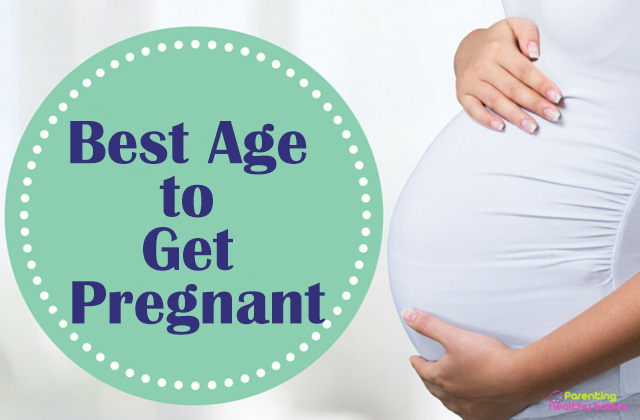 It can be hard but losing even a few kilos can make a big difference.
It can be hard but losing even a few kilos can make a big difference.
- Look after your health
For both women and men, the lead up to pregnancy is just as important as being healthy during pregnancy. You can do this by:
• taking the right dose of folic acid and iodine (for women)
• not smoking
• cutting out alcohol and recreational drugs
• discussing the safety of any medication or complimentary therapies you are taking with your doctor
• limiting your caffeine intake
• avoiding some chemicals commonly found in the home or workplace
• making sure your vaccinations, especially German Measles (Rubella), are up to date.
- Get help if you have trouble getting pregnant
About one in six couples experience fertility problems, so if you’re aged under 35 and haven’t conceived after a year, talk to your GP about it. If you’re 35 or older, visit your GP after six months of trying without success.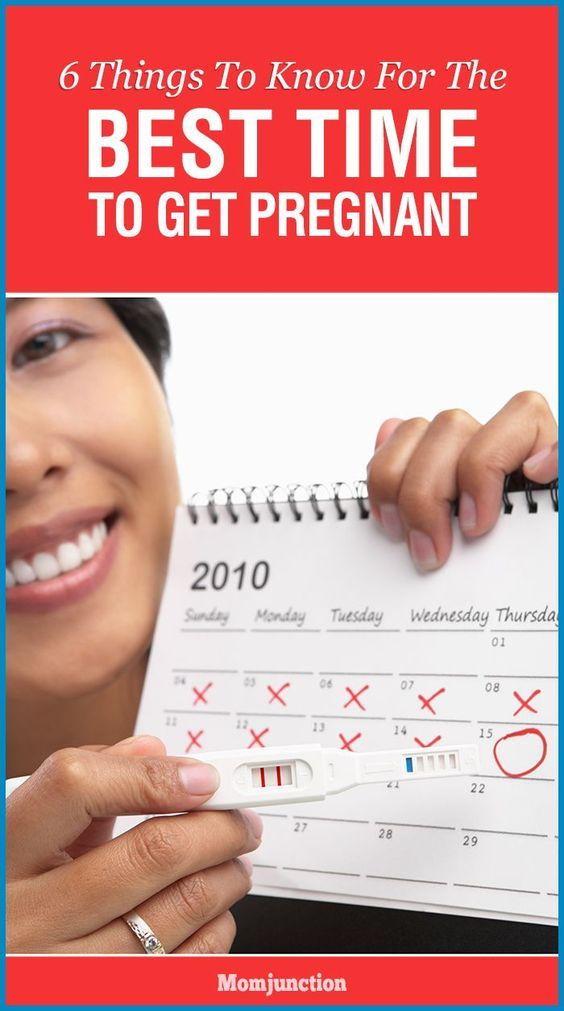
Some medical conditions can affect your chance of getting pregnant including:
• polycystic ovary syndrome (PCOS)
• endometriosis
• diabetes
• cancer treatment.
If either partner has a medical condition, talk to your doctor to make sure it’s under control before trying for a baby.
How to calculate the most successful days for conception?
The importance of keeping a menstrual cycle calendar is taught to girls from a young age. Not everyone heeds such advice from gynecologists, but in vain. Regular maintenance of the menstruation calendar makes it possible to accurately determine the length of the cycle, notice deviations from the norm in time, detect pregnancy and calculate favorable days for conception and the so-called “safe” days, when the probability is close to zero.
Let's note right away: the calendar method of contraception is extremely unreliable, it is not able to fully protect you from unwanted pregnancy, and even more so from STIs.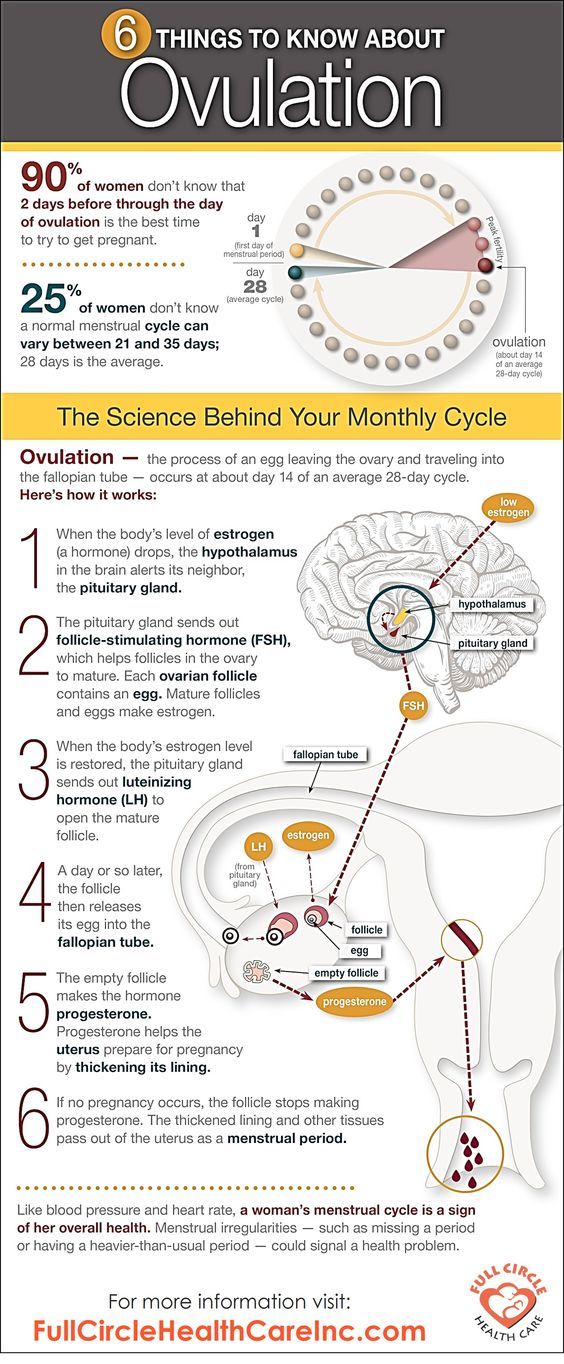 However, he will help you calculate the days when conception is most likely. The main conditions in this case are keeping a diary of menstruation for 4-6 months (the longer the better) and the regularity of menstruation.
However, he will help you calculate the days when conception is most likely. The main conditions in this case are keeping a diary of menstruation for 4-6 months (the longer the better) and the regularity of menstruation.
The female cycle can be conditionally divided into several segments:
- egg maturation;
- ovulation;
- transfer of a mature ovum into the uterine cavity;
- menstruation.
Normally, the cycle lasts from 21 to 35 days, of which 2-7 days fall on the actual menstruation. The features of the course of the cycle are very individual, so you should not compare your body with others and be guided by the experience of your friends. If you are worried about heavy or too scanty periods, severe pain these days, discharge of a strange color (for example, bright scarlet or dark brown), it is worth visiting a gynecologist.
The most favorable days for conception are 4-5 days before ovulation and 1-2 days after it.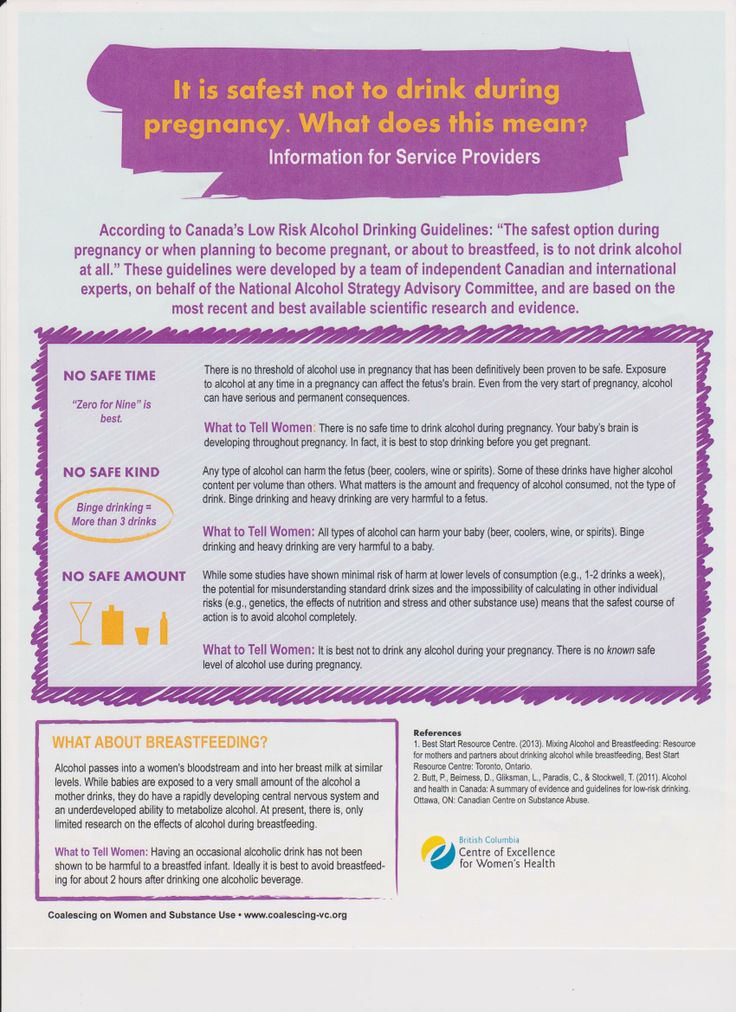 Ovulation (the release of an egg ready for fertilization) occurs approximately in the middle of the cycle: for example, with a duration of 28 days, this is day 14. Its approach and onset can be indicated by abundant, protein-like mucous discharge from the vagina, slight aching pains in the abdomen. Today, pharmacies sell ovulation tests that will help clarify its onset. The highest probability of conception is actually on the day of ovulation. If fertilization occurs, menstruation does not come at the appointed time.
Ovulation (the release of an egg ready for fertilization) occurs approximately in the middle of the cycle: for example, with a duration of 28 days, this is day 14. Its approach and onset can be indicated by abundant, protein-like mucous discharge from the vagina, slight aching pains in the abdomen. Today, pharmacies sell ovulation tests that will help clarify its onset. The highest probability of conception is actually on the day of ovulation. If fertilization occurs, menstruation does not come at the appointed time.
Important! Many girls who dream of getting pregnant start doing home jet tests a few days before the date of the expected menstruation, but this is not right. Despite the fact that modern pharmacology produces tests with very high sensitivity, capable of recognizing pregnancy in the early stages, for the reliability of the result, you should wait for the day of the expected menstruation. If bleeding does not occur, the next day, a test can be done from the first portion of urine (this is important, since the highest dose of hCG is contained in it).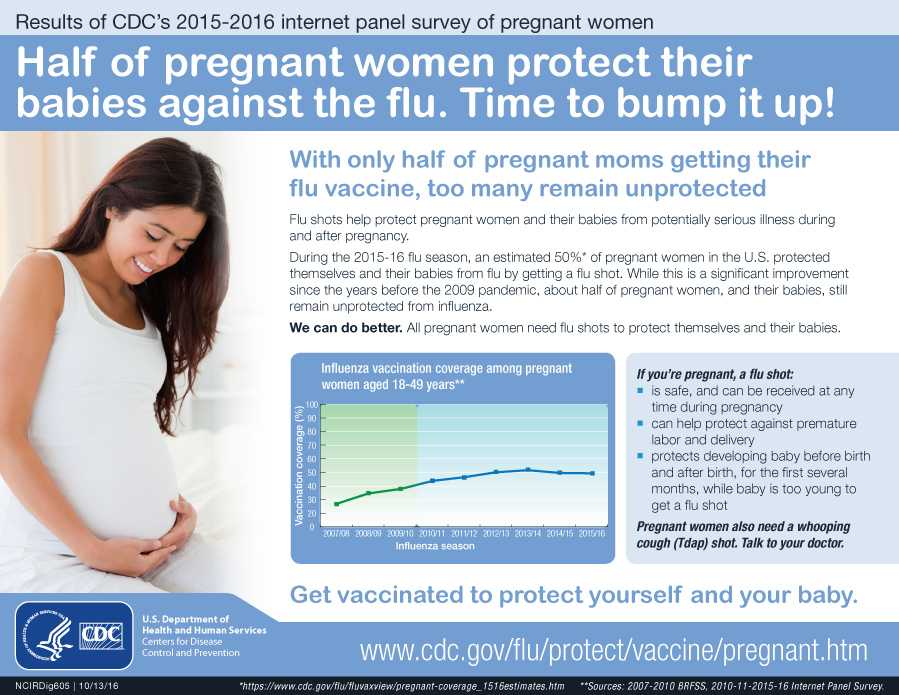 With each day of delay, the level of hCG in the urine increases, therefore, the accuracy of the test results also increases. First of all, pregnancy is detected by a blood test for hCG, since the concentration of this hormone in it is 2 times higher than in urine. Therefore, especially impatient people should visit the laboratory 1-2 days before the date of the expected menstruation.
With each day of delay, the level of hCG in the urine increases, therefore, the accuracy of the test results also increases. First of all, pregnancy is detected by a blood test for hCG, since the concentration of this hormone in it is 2 times higher than in urine. Therefore, especially impatient people should visit the laboratory 1-2 days before the date of the expected menstruation.
If conception does not occur, the bleeding comes at the right time and a new cycle begins.
The probability of conception, in addition to the day of the female cycle, is also influenced by other factors, namely:
- partner's sperm quality - with low viability of spermatozoa, sexual contact even on favorable days has very low chances of fertilization;
- the woman's general health;
- the presence of chronic diseases of the reproductive system, infections, etc.
Important! The calendar method is not a reliable method of contraception! Conception is influenced by a huge number of factors, and it is simply impossible to take into account all of them on your own. In many women, pregnancy occurred as a result of sexual intercourse on the 4th, 5th, 7th, 24th, 26th day of the cycle, which are considered relatively safe. In addition, once or twice a year, a woman's cycle can pass without ovulation, and this is considered the norm. If you are not yet planning to become a mother, choose a more reliable method of contraception with your gynecologist.
In many women, pregnancy occurred as a result of sexual intercourse on the 4th, 5th, 7th, 24th, 26th day of the cycle, which are considered relatively safe. In addition, once or twice a year, a woman's cycle can pass without ovulation, and this is considered the norm. If you are not yet planning to become a mother, choose a more reliable method of contraception with your gynecologist.
All information is for guidance only. If you have any health problems, you need to consult a specialist.
Read also
Pregnancy and childbirth in a leap year: signs
What makes up the cost of IVF?
How to get pregnant with a cyst?
Twins after IVF
Preparation for conception and pregnancy
As a rule, in our society about 20 percent of pregnant women, if not less, think about preparing for childbirth, and about 10% about preparing for conception. And then, the vast majority of "conscious" couples are preparing for conception because it does not happen by itself, i. e. there is a possibility of infertility. Still, there are issues related to preparing for conscious conception and not directly related to treatment and medical diagnoses.
e. there is a possibility of infertility. Still, there are issues related to preparing for conscious conception and not directly related to treatment and medical diagnoses.
- There is an opinion that children themselves "choose" their parents and a good harmonious couple has exactly the child they need. Experts know that juggling the timing of conception according to a calendar convenient for parents, according to the signs of the zodiac, etc. often ends in failure. And when the spouses wave their hand: "Come what may," then almost immediately wonderful children are obtained. Naturally, all of the above applies to healthy parents who have not been treated for years for miscarriage and infertility /
- On average, the most favorable days for conception are 16-14 days before the start of the next monthly cycle. But in principle, pregnancy can occur any day. It depends on the characteristics of the woman's cycle and on the fertility (ability to fertilize) of the man.
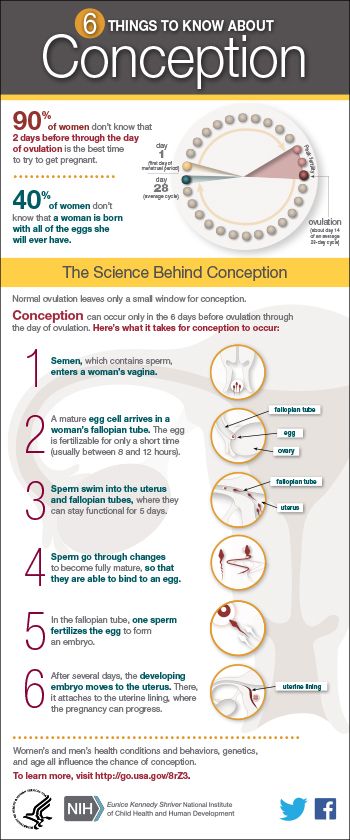
- Please note that pregnancy may not occur immediately in the first "dangerous" period, because. even healthy young women have 1-2 cycles a year in which ovulation (egg release) does not occur. In addition, ovulation is affected by stress, climate change, exams, etc.
- Let's start with a banal enumeration. The best preparation for pregnancy is a healthy lifestyle, which includes many factors - nutrition, physical activity, mental comfort, hardening, the fight against chronic foci of infection, a change in harmful work.
- Balanced nutrition is a very big topic. Pregnant women do not need nutritional supplements and synthetic vitamins. In extreme cases, according to the doctor's prescription, special mixtures of the Enfamama type can be used.
- Folic acid occupies one of the leading places in the prevention of certain congenital diseases. 2-3 months before conception and in the first 3 months of pregnancy, you need to eat foods containing folic acid: fresh herbs (not leaning too much on parsley), cabbage, beets, carrots, potatoes with skins, peas, beans, whole grains, bran, seeds and nuts.

- It is not recommended to abuse the liver, because. it contains too much vitamin A, which is harmful to the unborn child.
- If a woman receives enough vegetable proteins and spends enough time in the air, then vegetarianism does not interfere with conception and successful pregnancy.
- The most common foci of chronic infection in the family are the teeth, nasopharynx, vagina and intestines of the mother. Treat the teeth of the whole family and keep a close eye on them. Be sure to those who suffer from chronic diseases of the nasopharynx, it is necessary to carry out the prevention of exacerbations - washing and rinsing. The incidence of staphylococcal and streptococcal infections in newborns (which is usually blamed on maternity hospitals) could be significantly reduced if the family itself was not the source of the infection.
- Stop using hormonal contraceptives 2-3 months before the planned conception. their residual amounts in the body reduce the absorption of vitamin C, magnesium, folic acid and increase the absorption of vitamin A.
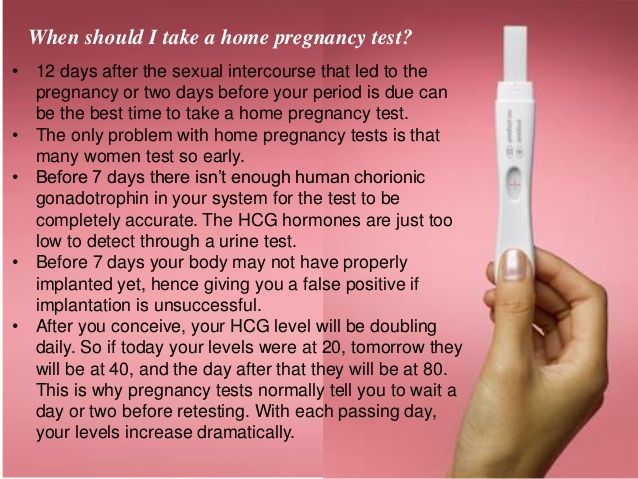 In addition, in the first months of the abolition of hormonal contraception, the likelihood of having twins increases, because. not one, but two eggs can come out of the ovaries.
In addition, in the first months of the abolition of hormonal contraception, the likelihood of having twins increases, because. not one, but two eggs can come out of the ovaries. - Spermatozoa mature within 2.5 - 3 months, therefore, during this time before conception, it is advisable not to do X-ray examinations, especially for dad.
- Overheating of the testicles in a bathhouse or when working in a hot shop, wearing too tight underwear or jeans can impair the quality of sperm. Remember that nature placed the testicles in the scrotum on the outside of the body, and not in the abdominal cavity, because the comfortable temperature for them is 35 degrees.
- You can contact the antenatal clinic for specific advice on conceiving. Most often, they are examined for the presence of chronic infections, such as chlamydia, mycoplasmosis, ureoplasmosis, etc. It is desirable to treat the found infections before the onset of pregnancy, without fail having passed the stage of immunocorrection and the recovery stage.
